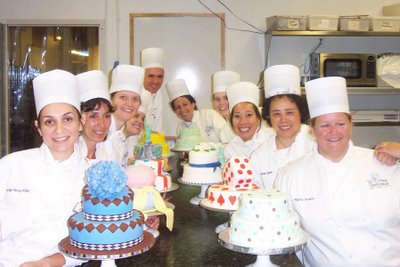I’ve been eating my way across America the past few weeks with my colleague “Splint McCullough” (name changed to protect privacy). Business travel can be hellish, but one can always look forward to a new dining adventure. Splint has introduced me to the best franchise restaurants in the country. Two weeks ago in Minneapolis he dragged me into an establishment he described as “a poor man’s Cracker Barrel,” and I could just sense his taste buds rejoicing as we approached Buca di Beppo (authentic Italian dishes served family style and meant to be shared) last Thursday at a strip mall in Thousand Oaks, California (the Chicken Saltimbocca really does pop on the tongue).
Tonight we’re in the Wild, Wild Midwest, and Splint has promised me that we will experience the best steaks in Omaha. We’re heading out via taxi to the Drover Restaurant and Lounge at 2121 South 73, because Splint has a recommendation from some upscale friends in Los Angeles that the beef is extraordinary. He’s confirmed the referral through a write-up in an equally upscale golfing magazine.
Splint is a formidable connoisseur of cattle. I’ve watched him consume vast quantities of protein from Minneapolis to Sao Paolo, Brazil. As Splint puts it, "I’ve been to some of New York’s greatest steakhouses, so I have a frame of reference.”
The exterior of The Drover is dubious, at best. Large wagon wheels serve as lawn art and the ivy-covered bungalow is attached to a bi-level open-air parking garage. Next-door is the Sisters of Mercy Regional Headquarters.
Inside, the restaurant is lit with garden-variety yellow light bulbs and the bar is a decoupage work of art, preserving classic wine and liquor labels, that would make Martha Stewart proud. There is the outline of a cattleman etched in gold in the mirror over the bar and quite a selection of steer horns. I feel way overdressed in my jeans and Brooks Brothers blue blazer. Despite the ambiance, and the fact that the restaurant is ridiculously crowded for a Monday night, Splint is optimistic. “I have the credentials,” he maintains. “My mother is an excellent Italian chef, and I’m a complete carnivore.”
Splint and I are seated near the all-you-can-eat salad bar. The service is certainly friendly, but Splint is a little put off by the statuette of “The Outlaw Josie Wales” that guards the lettuce bowl and the dark, grotto-like mood of the décor.
The freshly baked loaf of bread is warm and nutty, and I’m enjoying the Sonoma Pinot Noir. We order the signature dish, which would be steak. When in Rome, as they say. I select the 8-ounce whiskey fillet, and Splint requests the whisky marinated New York strip steak on the recommendation of our server, Laura. The fat in the New York strip delivers a more-subtle flavor, but the filet is robust and silky with eruptions of flint over sweet caramel.
I’m satisfied, which usually happens after two glasses of Pinot Noir, but Splint is circumspect and perhaps even a bit let down. I'm learning that Splint is a tough critic when it comes to food. “This is what happens when you’re a gambler,” he says. “Sometimes you win, and sometimes you lose.”
Tomorrow night, we’ll be eating takeout at the Omaha airport.
© 2006 T.W. Barritt All Rights Reserved
 Camp Stove Cooking - Part Two: We are probably the most refined group of camper-gourmets on the planet. The Sunday dinner tradition at our annual campout is our friend Mary's super rich and creamy Penne a la Vodka.
Camp Stove Cooking - Part Two: We are probably the most refined group of camper-gourmets on the planet. The Sunday dinner tradition at our annual campout is our friend Mary's super rich and creamy Penne a la Vodka.
 Camp Stove Cooking - Part One: Every year one of the rituals of summer includes a camping trip to the Hudson River Valley where some twenty friends and family members convene for a weekend of outdoor activity and of course, food. Once again, as we have done for nine seasons, we descended on our favorite campground in Plattkill, New York, just south of New Paltz starting on Friday, July 28th. There were trips to local wineries, golf outings, water sports and visits to historic homes perched high atop the Hudson River.
Camp Stove Cooking - Part One: Every year one of the rituals of summer includes a camping trip to the Hudson River Valley where some twenty friends and family members convene for a weekend of outdoor activity and of course, food. Once again, as we have done for nine seasons, we descended on our favorite campground in Plattkill, New York, just south of New Paltz starting on Friday, July 28th. There were trips to local wineries, golf outings, water sports and visits to historic homes perched high atop the Hudson River.









